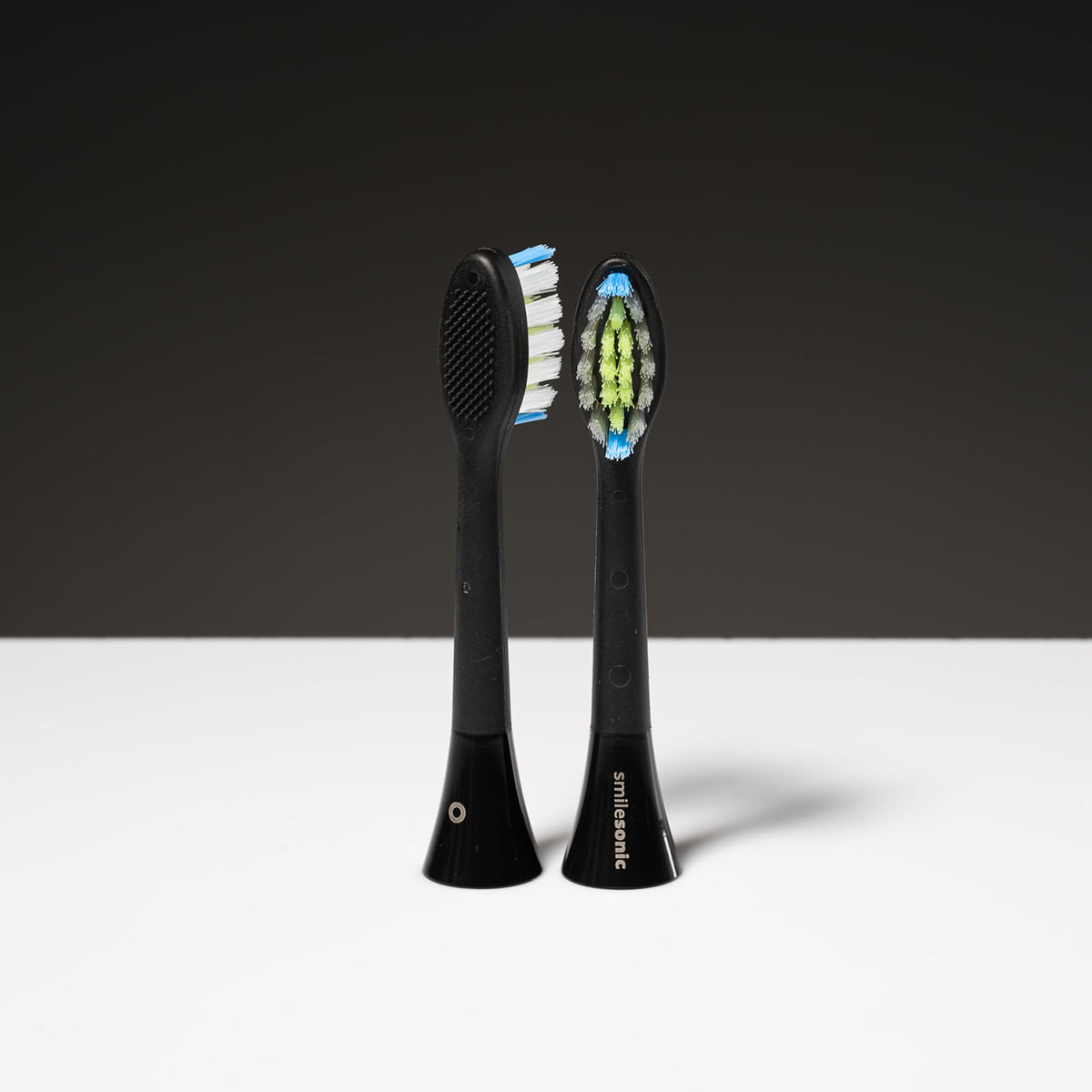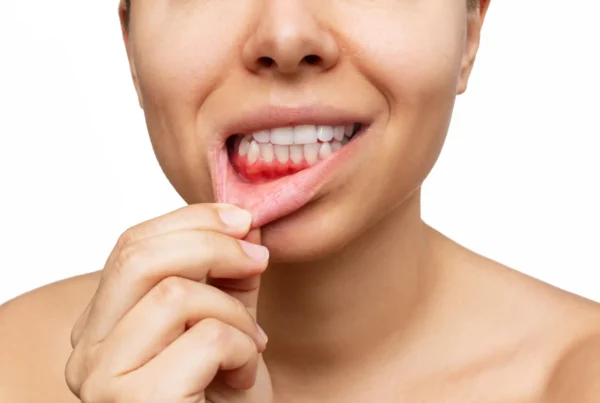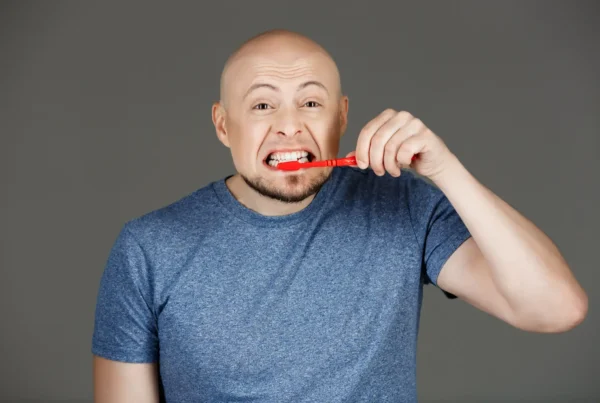Hydroxyapatite – what is it and are toothpastes containing it safe?
Among the multitude of dental products intended for at-home use, we can find many preparations with beneficial properties. The active ingredients they contain play a vital role in maintaining the health of our teeth and gums. One of these ingredients is hydroxyapatite. But what exactly is this substance? Are toothpastes containing hydroxyapatite safe? Read our article to find out.
What is hydroxyapatite?
Hydroxyapatite is a calcium phosphate mineral, commonly abbreviated as HA, HAp, or OHAp. It occurs naturally both in the environment and within the human body. It is responsible for the development of bones and teeth, as well as their resistance to mechanical damage. Hydroxyapatite makes up as much as 80% of their mass! Over time, the mineral undergoes dissolution, hydrolysis, and crystallization. Without it, the proper functioning of the skeletal system would be virtually impossible. This substance is used in transplantology, aesthetic medicine, and dentistry. On its own, hydroxyapatite is a brittle material, which is why it is usually used as a filler. Additionally, it exhibits high biocompatibility, making it suitable for coating implants.
Synthetic hydroxyapatite is produced through dry, wet, hydrothermal, or flux methods. The dry method uses solid-state ingredients; wet methods involve neutralization reactions of acids and reactions between salt solutions. The hydrothermal method involves producing the mineral under elevated temperature and pressure. In flux methods, the reaction occurs between fluxes and substrates, resulting in a mineral similar in form to hydroxyapatite. Less common production methods include lyophilization and electrocrystallization.
Who Should Use Hydroxyapatite?
Dental products containing hydroxyapatite are recommended in the following cases: for children with caries as an alternative to fluoride; for adults with tooth decay and enamel damage; and for individuals suffering from tooth sensitivity when consuming cold, hot, sweet, or acidic foods and beverages. Hydroxyapatite can also be found in whitening products because it strengthens tooth enamel, which is often prone to damage.
It is also worth mentioning the use of hydroxyapatite in aesthetic medicine. It is administered to individuals with sagging and loose skin, and it is injected into the lower and middle thirds of the face.
Hydroxyapatite in dentistry
Hydroxyapatite bonds well with bone tissue, stimulating bone growth, which makes it useful, for example, in coating implants. This biocompatible material helps prevent the movement and loosening of endoprostheses and the occurrence of inflammation.
This substance may serve as an alternative to fluoride. It has a remineralizing effect, meaning it strengthens teeth and can help rebuild certain lesions. Products containing hydroxyapatite—such as toothpastes or mouth rinses—can also be used during teeth whitening treatments.
Are toothpastes with hydroxyapatite safe?
Toothpastes containing hydroxyapatite are completely safe and represent an effective alternative to fluoride-based products. This substance is non-toxic and biocompatible, which is particularly important for children, who often swallow various preparations.





